Crystalline quartz in shades of purple, lilac or mauve is called amethyst, a stone traditionally worn to guard against drunkenness, and to instil a sober and serious mind. Amethyst is dichroic, showing a bluish or reddish purple tinge when viewed from different angles. Usually faceted as a mixed or step-cut, amethyst has distinctive inclusions which look like tiger-stripes, thumb-prints, or feathers. Some amethyst is heat-treated to change the color to yellow, producing citrine. Crystals that are part citrine and part amethyst are called ametrine.
Amethyst is found in alluvial deposits or in geodes. Some of the largest geodes containing amethyst are in Brazil. Amethyst from the Urals (Russia) has a reddish tinge; Canadian amethyst is violet. Other localities include Sri Lanka, India, Uruguay, Madagascar, USA, Germany, Australia, Namibia and Zambia.
Poor quality material is often tumbled to make beads. If a stone is pale it may be set in a closed setting or have foil placed behind it to enhance the colour. Amethyst has been imitated by glass and synthetic corundum.


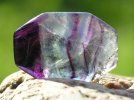
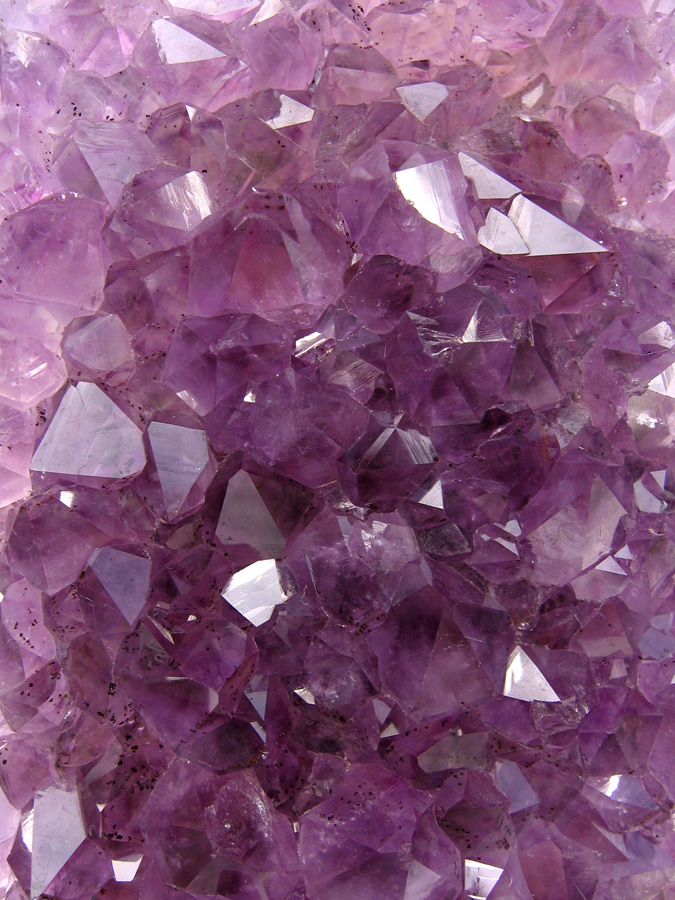
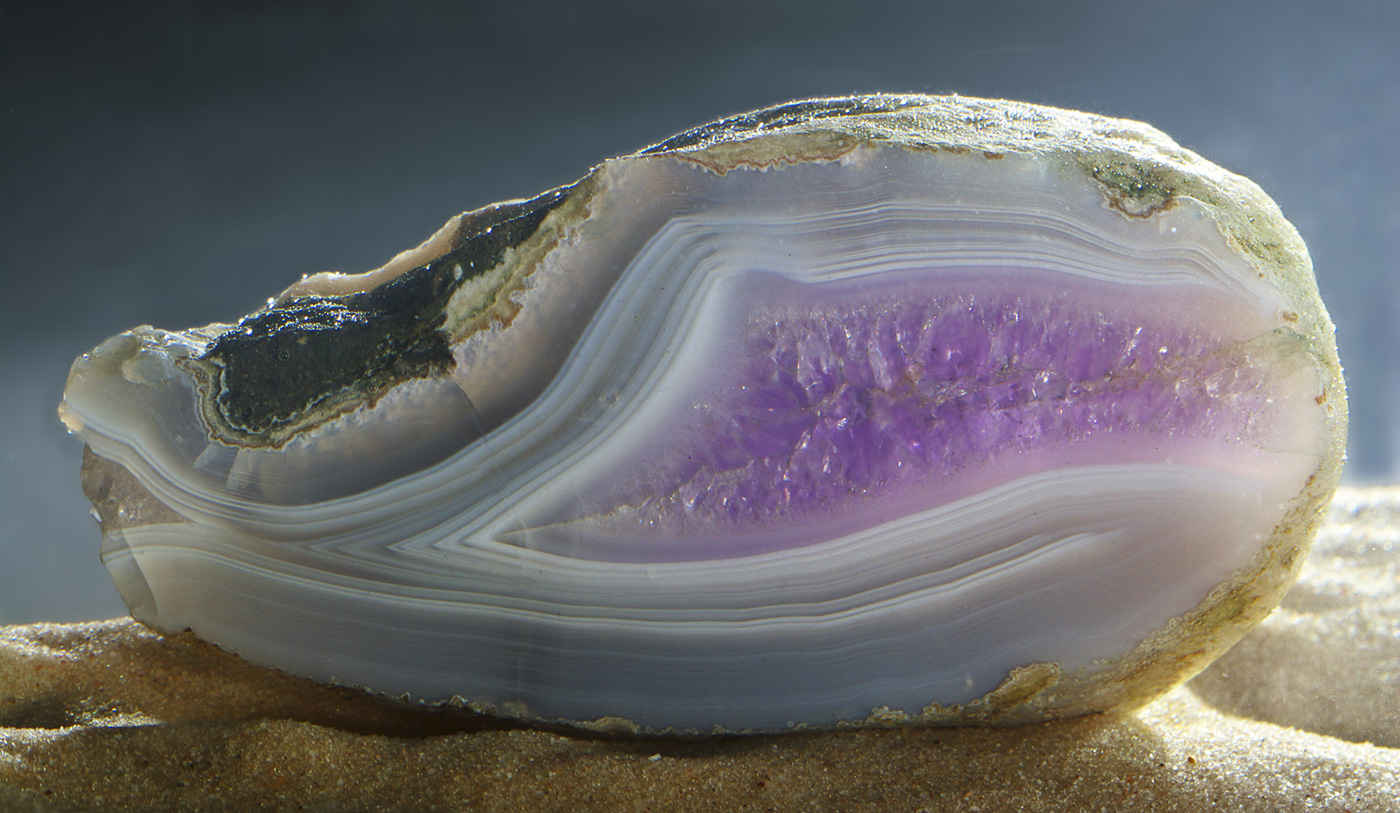
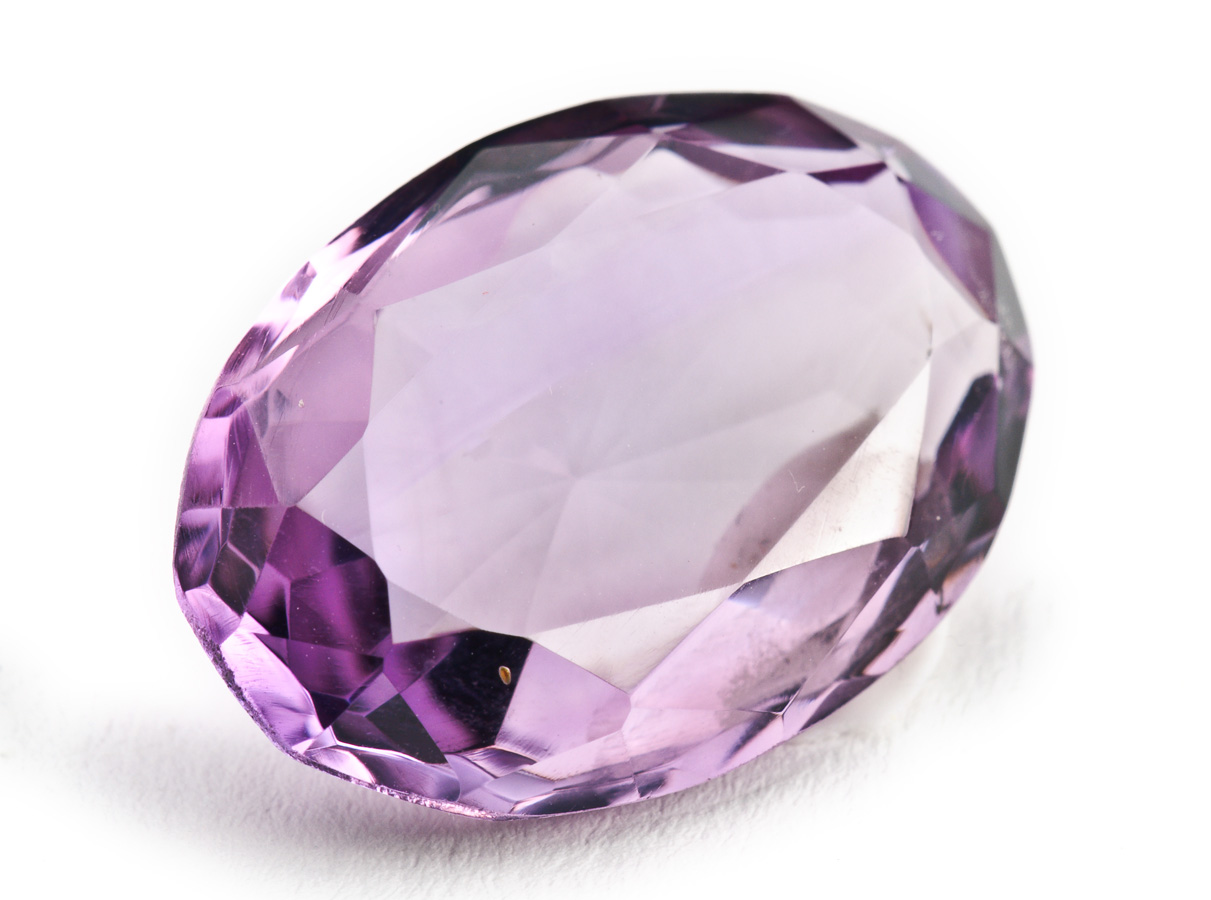
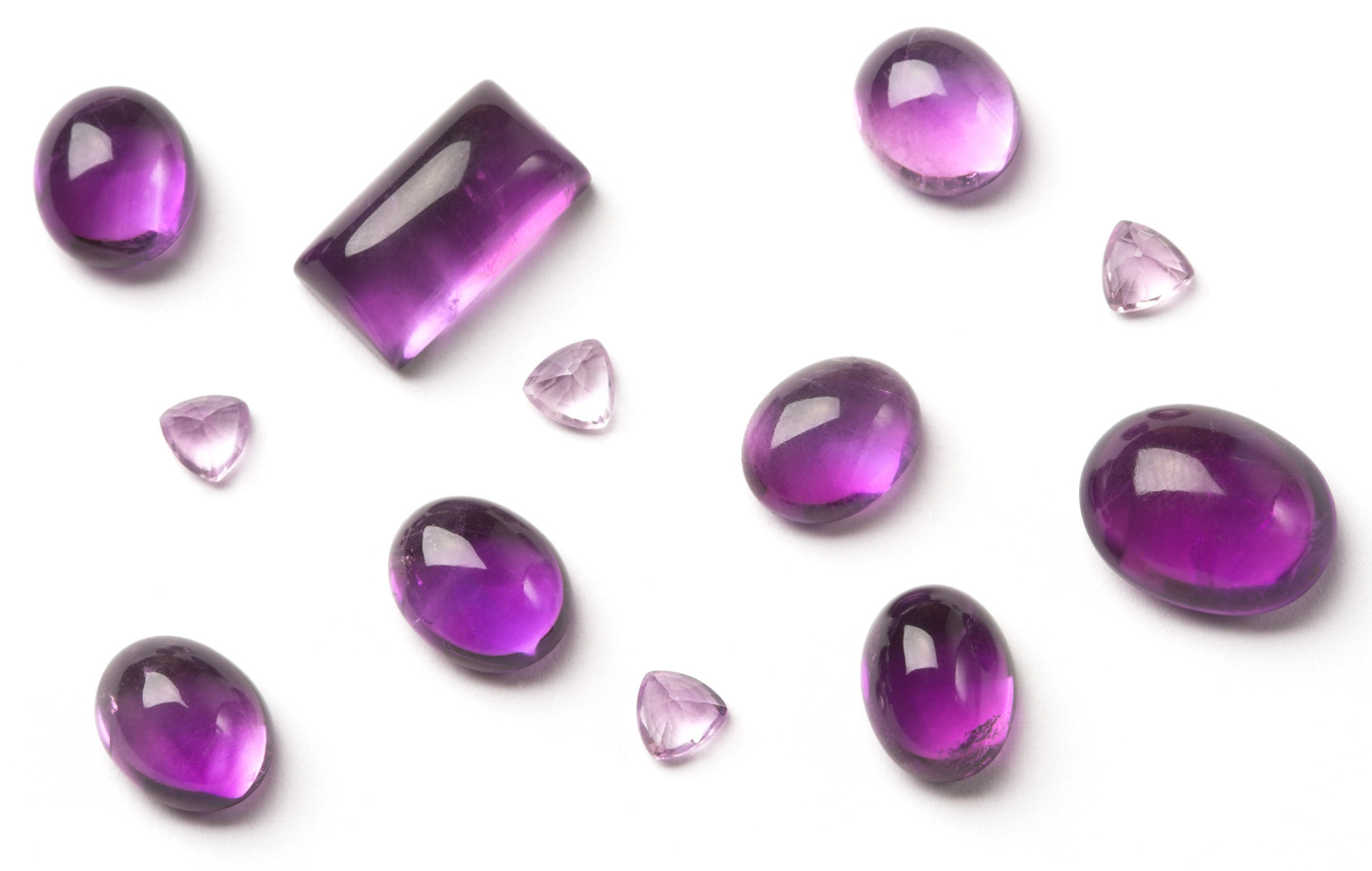
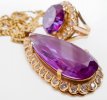
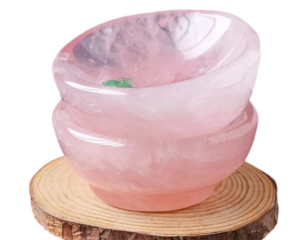

























Leave a Reply
You must be logged in to post a comment.